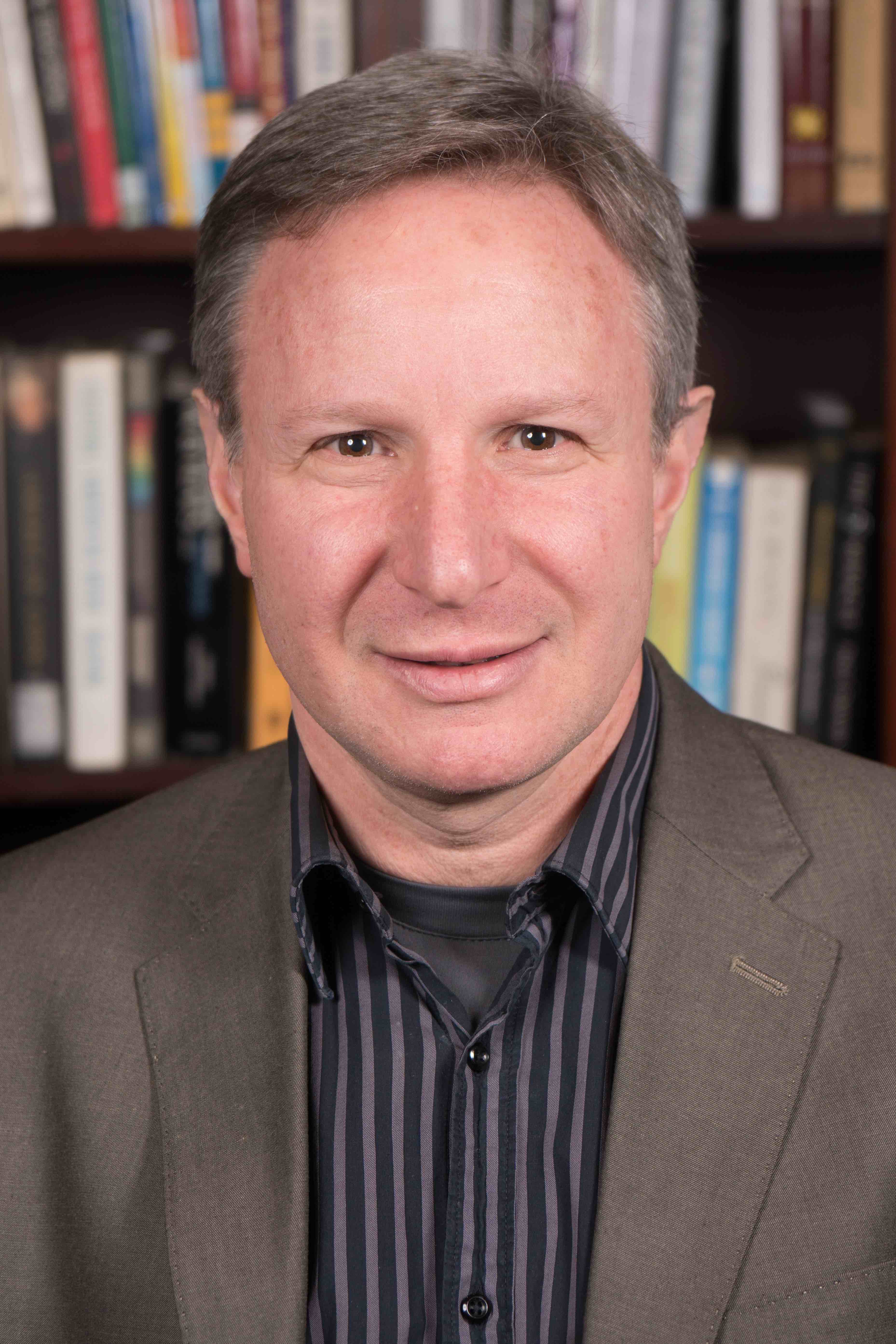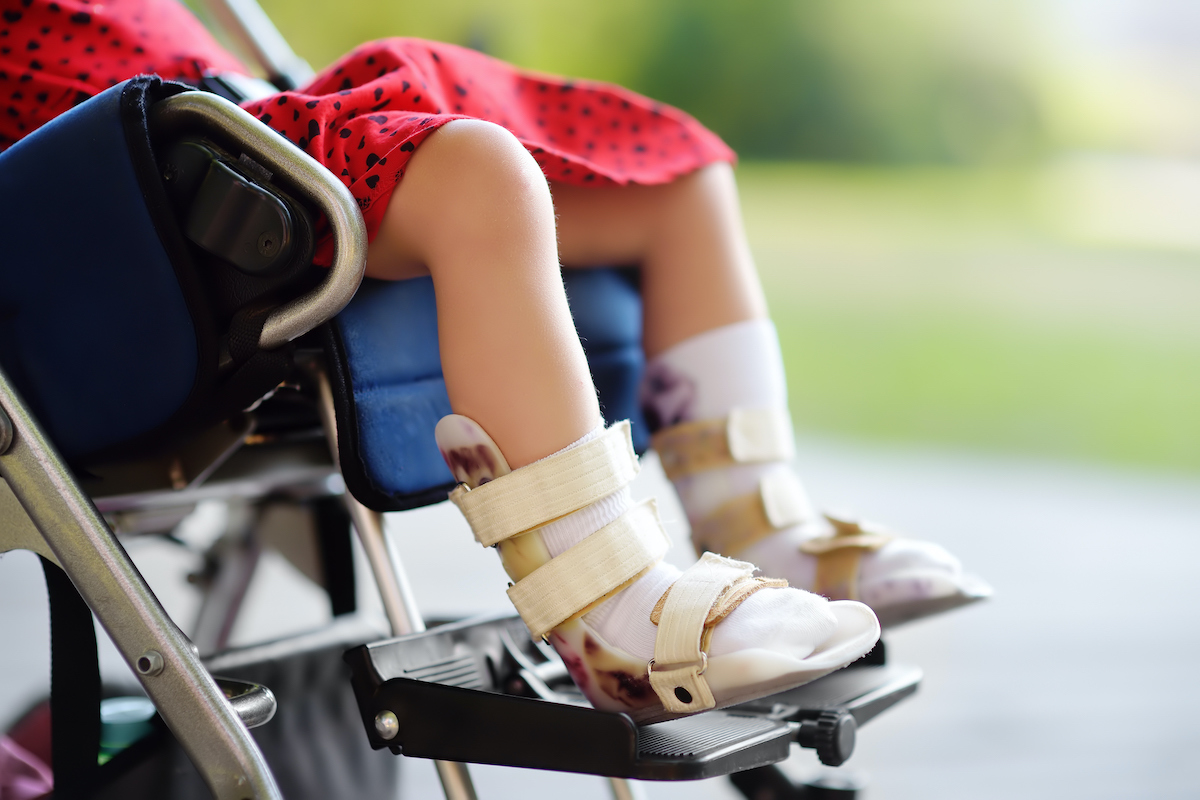New research from TC’s Andrew Gordon offers greater clarity on the potential of two different therapies often used to treat patients with Cerebral Palsy (CP), the most common motor disability in childhood.
Over six years in a clinical trial supported by the National Institute of Health, Gordon, Professor of Movement Sciences, his team at TC’s Center for Cerebral Palsy Research, and Dr. Kathleen Friel of the Burke Neurological Institute studied 82 children with the disorder to evaluate which of two treatments would more effectively aid CP patients with ipsilateral connectivity — an effect of the disease in which one side of the brain controls both sides of the body.
Prior small studies suggested that patients with this particular characteristic of CP would be less aided by Constraint Induced Movement Therapy (CIMT). However, in their new research, published in Frontiers in Neurology, Gordon and his colleagues have found that in fact, CIMT and another intensive therapy — Hand Arm Bimanual Intensive Training (HABIT) — were both effective in aiding this particular group.
"To our surprise," says Gordon, "both groups of children improved with both forms of therapy approximately equally, not, as the previous research indicated, that those with ipsilateral connectivity didn't improve with CIMT. Many clinicians and scientists were taking it as gospel that these kids wouldn't improve. Our study shows that they all could improve."
Caused by abnormal brain development or brain injury, Cerebral Palsy’s symptoms can be mild to severe, including the inability to walk; seizures; problems with vision, hearing, or speech; intellectual disabilities; and other serious conditions. Approximately 760,000 individuals in the United States reportedly live with the disability.

MOVING FORWARD Andrew Gordon, TC Professor of Movement Sciences, has spent years developing new therapies that have helped children with cerebral palsy. (Photo: TC Archives)
While the study’s findings are welcome news, Gordon offers some caveats related to the challenges of real-world treatment. While in Gordon’s study, patients received extensive daily treatments over a three-week period, “many clinics can't handle that” significant commitment in “space, staffing, and materials.” Other key barriers include a significant burden on families in accommodating such extensive treatment plans, as well as costs. “Third-party payers typically don't reimburse for these intensive programs, which can cost as much as $20,000, despite there now being significant evidence of their effectiveness, compared to standard physical and occupational therapy,” Gordon says.
The next step? In order to adapt these findings for the real-world, Gordon and his team are now asking, "how can we mimic the intensity of this approach without having that large number of contact hours?"
In an effort to find a way, Gordon and Friel are now conducting research, also supported by NIH, on applying a very small electric current to the patient's brain, simultaneously with a much smaller amount (10 hours) of physical training in the day camps. The initial results are promising, showing the children improving their motor abilities in dramatically shorter time.
"These approaches aren't miracles; they don't cure the child of CP,” says Gordon. “And there are risks involved, including risk of seizures. But we can see improvements over three weeks that are about three times the improvement that you would see over the natural course of a child's development over 13 years."
Gordon founded the College’s Center for Cerebral Palsy Research in 1996. His current work also includes a collaboration with Columbia researchers on a robotic device designed to help patients with CP improve their upper body control.
